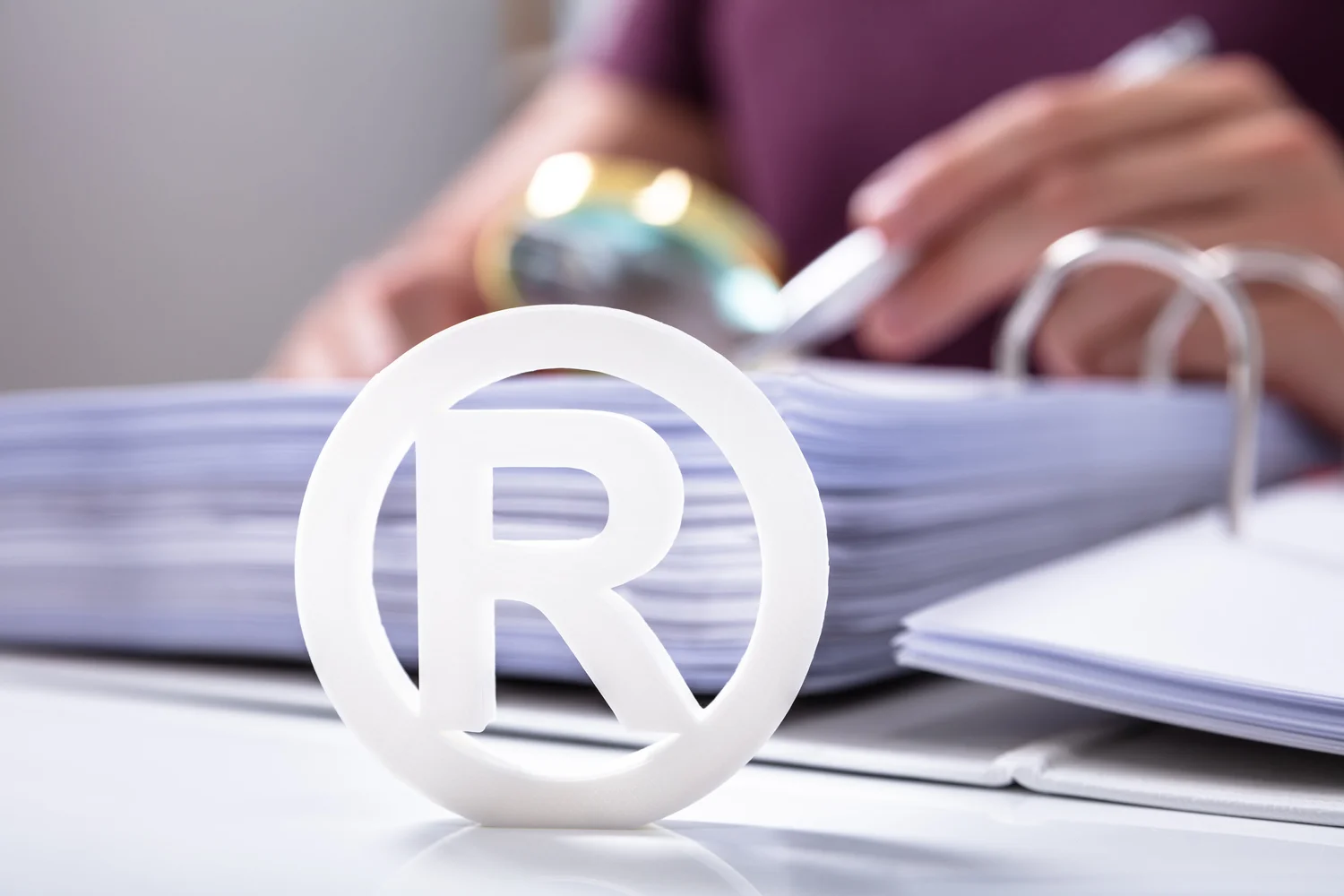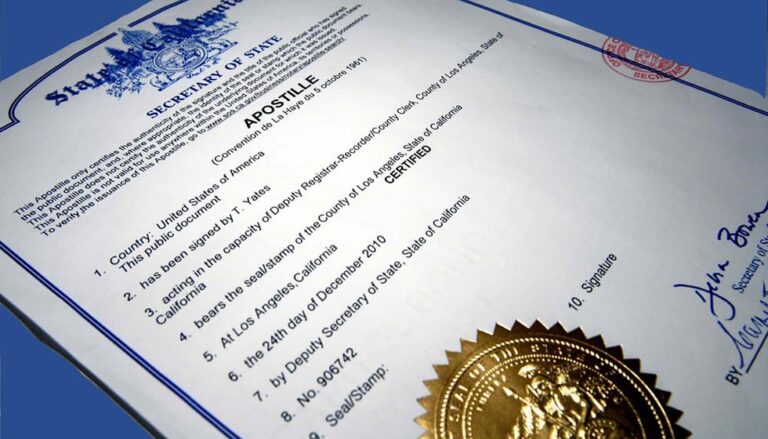Your brand name and logo are among the most valuable assets of your business. They represent your reputation, your promise to customers, and your unique identity in the marketplace. Protecting these elements through trademark registration not only secures your exclusive rights to use them but also strengthens your brand’s legal standing against imitators or competitors.
If you’re wondering how to trademark your business name or logo, this guide will walk you through the key steps — breaking down the process into clear, manageable stages.
What Is a Trademark and Why Register One?
A trademark is a legal tool that protects names, logos, slogans, and other brand identifiers that distinguish your goods or services from others. Registering a trademark with the United States Patent and Trademark Office (USPTO) provides nationwide protection, allowing you to:
- Prevent others from using a confusingly similar mark
- Build your brand’s value and credibility
- Use the ® symbol to show your registered status
- Take legal action against infringement
While trademarks can be established through use in commerce, federal registration offers stronger protections and legal benefits.
Step 1: Choose a Strong and Distinctive Mark
Not all names and logos can be trademarked. The strength of your mark depends on its distinctiveness:
- Fanciful or arbitrary marks (e.g., Kodak, Apple for computers) are the strongest. They are inherently unique and easy to protect.
- Suggestive marks (e.g., Netflix, Greyhound) hint at the product or service but require some imagination.
- Descriptive marks (e.g., Best Buy) can be protected only if they have gained secondary meaning.
- Generic terms (e.g., “computer”) cannot be trademarked.
Choosing a strong, distinctive mark makes registration easier and enforcement stronger.
Step 2: Conduct a Comprehensive Trademark Search
Before filing, it’s crucial to ensure your mark isn’t already in use or registered by someone else. A thorough search can save you time, money, and legal headaches later.
- Start with the USPTO’s Trademark Electronic Search System (TESS) to check federal registrations.
- Search common law trademarks by checking domain names, business directories, and industry databases.
- Consider hiring a trademark attorney or a professional search firm for a detailed clearance search.
If your mark conflicts with an existing trademark, you may need to choose a new one or prepare to defend your application.
Step 3: Prepare and File Your Trademark Application
The next step is to submit your trademark application with the USPTO. This involves:
- Identifying the mark (name, logo, or both) with a clear description or image.
- Selecting the appropriate class(es) of goods or services that your mark will cover (there are 45 classes).
- Providing a specimen showing the mark’s use in commerce (e.g., packaging, website screenshots).
- Paying the filing fee (typically between $250-$350 per class).
You can file online through the Trademark Electronic Application System (TEAS). Accuracy is critical — mistakes or omissions can delay the process or result in refusal.
Step 4: Monitor Your Application and Respond to USPTO Communications
After submission, a USPTO examining attorney reviews your application. They check for conflicts, compliance with trademark laws, and clarity.
- If issues arise, you may receive an Office Action requiring clarification, amendments, or arguments.
- You must respond within six months, or your application will be abandoned.
- If approved, your mark will be published in the Official Gazette for opposition by third parties.
Once this opposition period passes without challenge, your trademark will proceed toward registration.
Step 5: Receive Your Registration and Use Your Trademark Properly
Once registered, you gain exclusive rights to use the mark nationwide for the specified goods or services. You can:
- Use the ® symbol to notify others of your rights.
- Enforce your trademark against unauthorized use.
- License or sell your trademark rights.
Remember to use your trademark correctly — use it as an adjective (e.g., “Nike shoes,” not just “Nike”) and with appropriate symbols.
Step 6: Maintain and Renew Your Trademark Registration
Trademark protection isn’t automatic forever. You must maintain and renew your registration by filing periodic documents:
- Between years 5-6: File a Declaration of Use (or Excusable Nonuse) and a Renewal Application.
- Between years 9-10: File a combined Declaration of Use and Application for Renewal.
- Renew every 10 years thereafter.
Failing to maintain your trademark registration may result in cancellation and loss of protection.
Why Hire a Trademark Attorney?
While you can file a trademark application yourself, the process can be complex. A trademark attorney helps:
- Conduct comprehensive searches and assess risks.
- Prepare and file accurate applications.
- Respond effectively to USPTO Office Actions.
- Advise on trademark strategy and enforcement.
Having expert guidance reduces the risk of costly mistakes and speeds up registration.
Final Thoughts
Registering your brand name and logo as trademarks is a powerful way to protect your business identity and build long-term value. By choosing a strong mark, conducting diligent searches, filing correctly, and maintaining your registration, you safeguard your brand from infringement and confusion in the marketplace.
If you’re ready to take the next step in protecting your business, consider consulting a trademark attorney to guide you through the process and ensure your brand stands strong for years to come. We recommend Braslow Legal.












